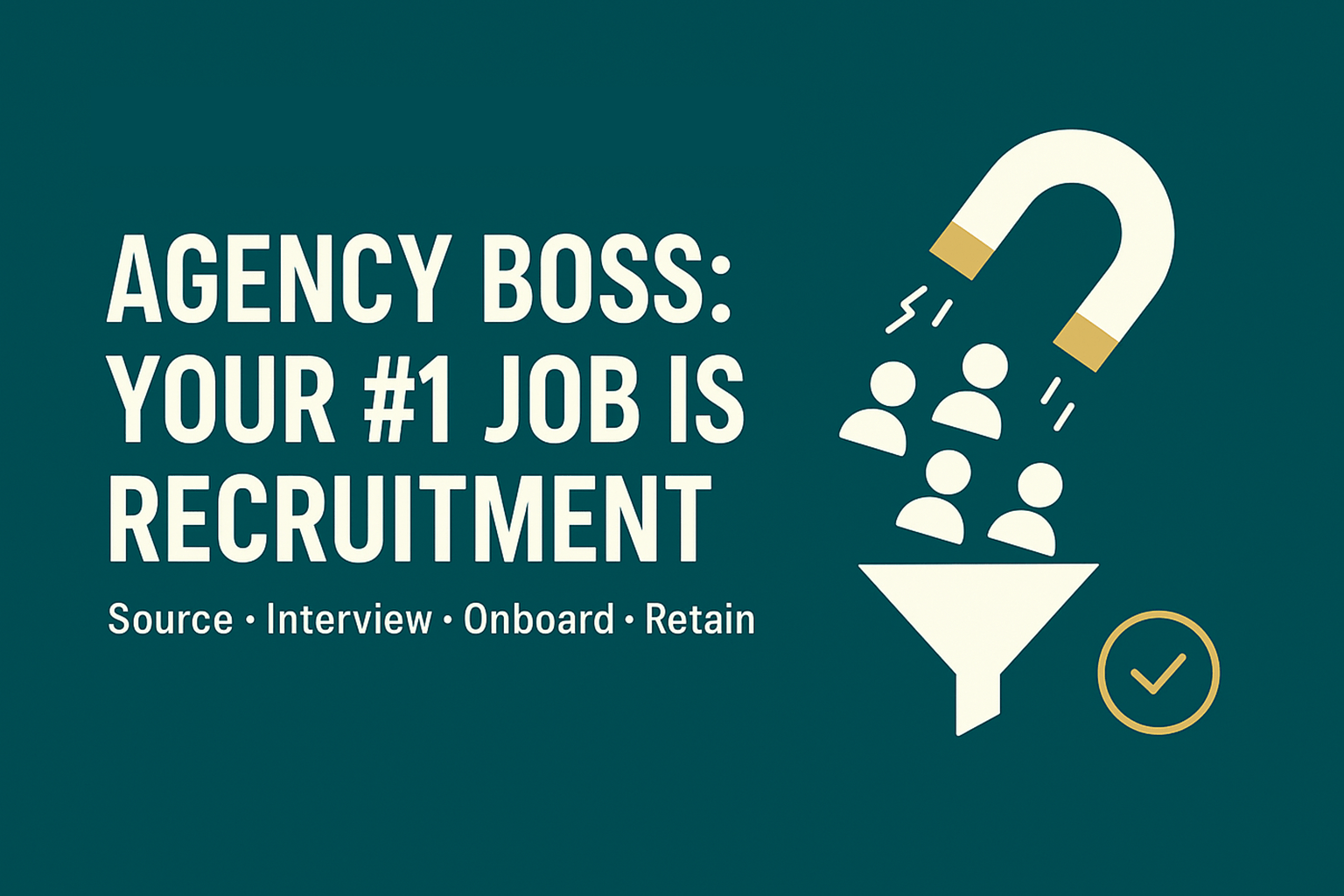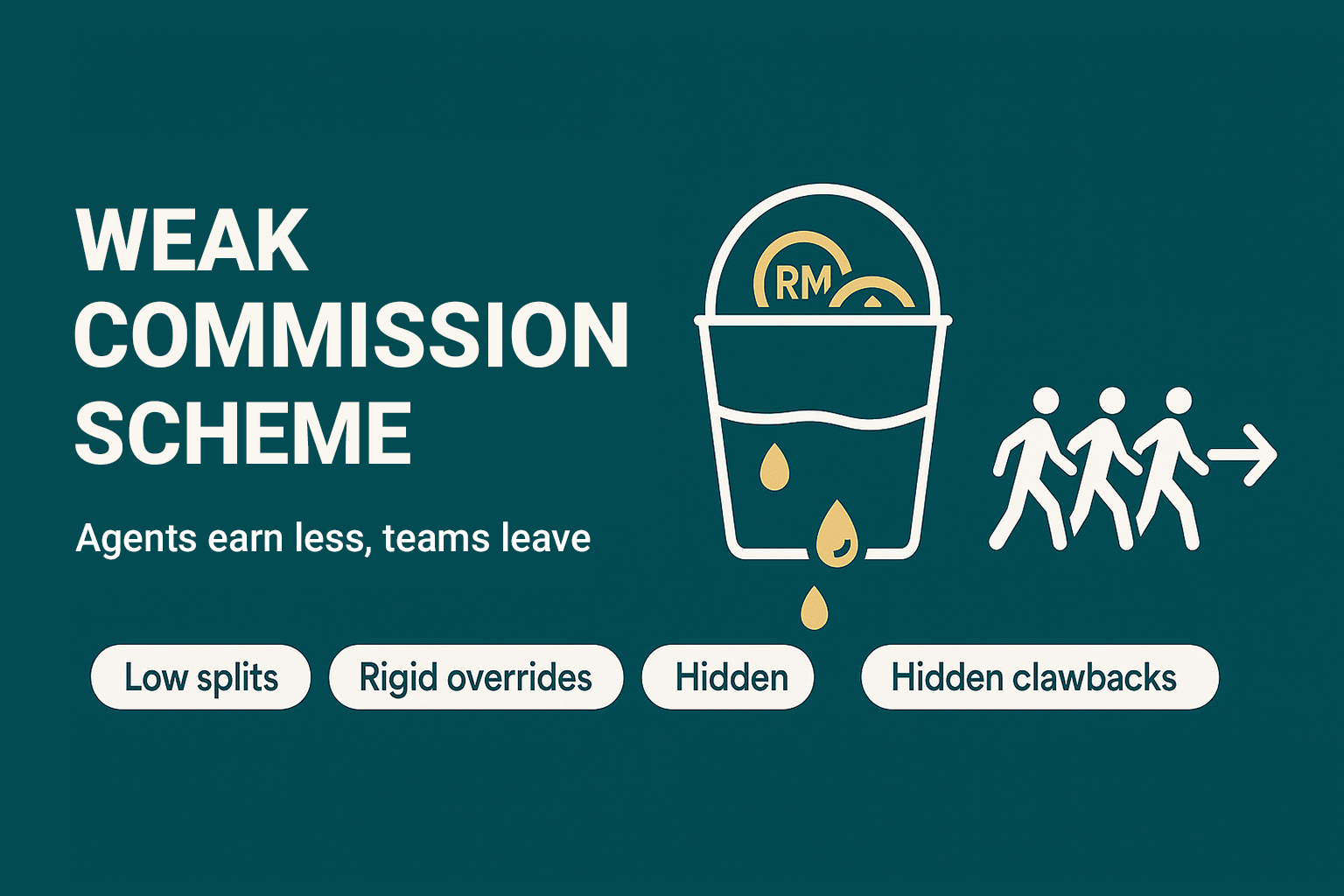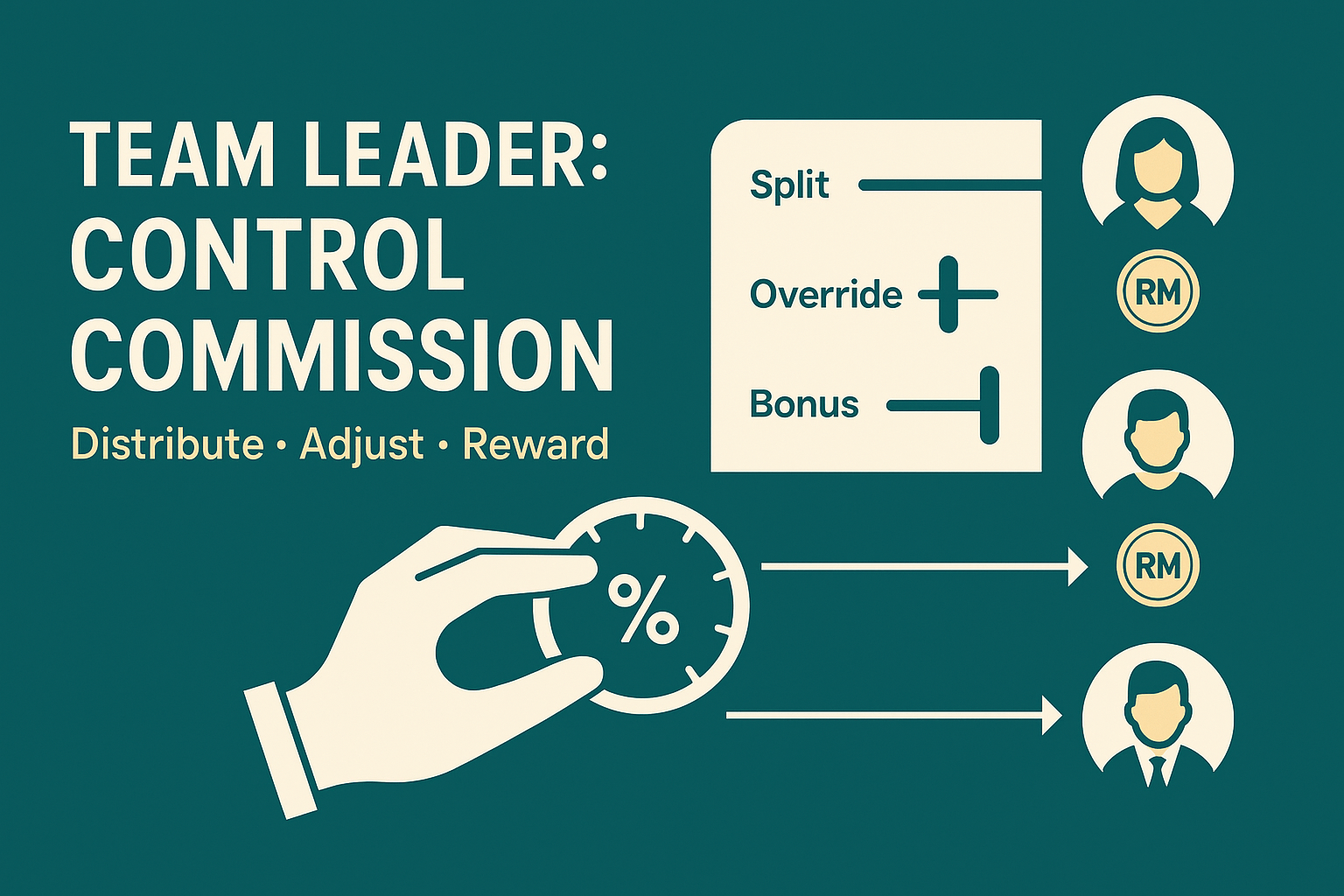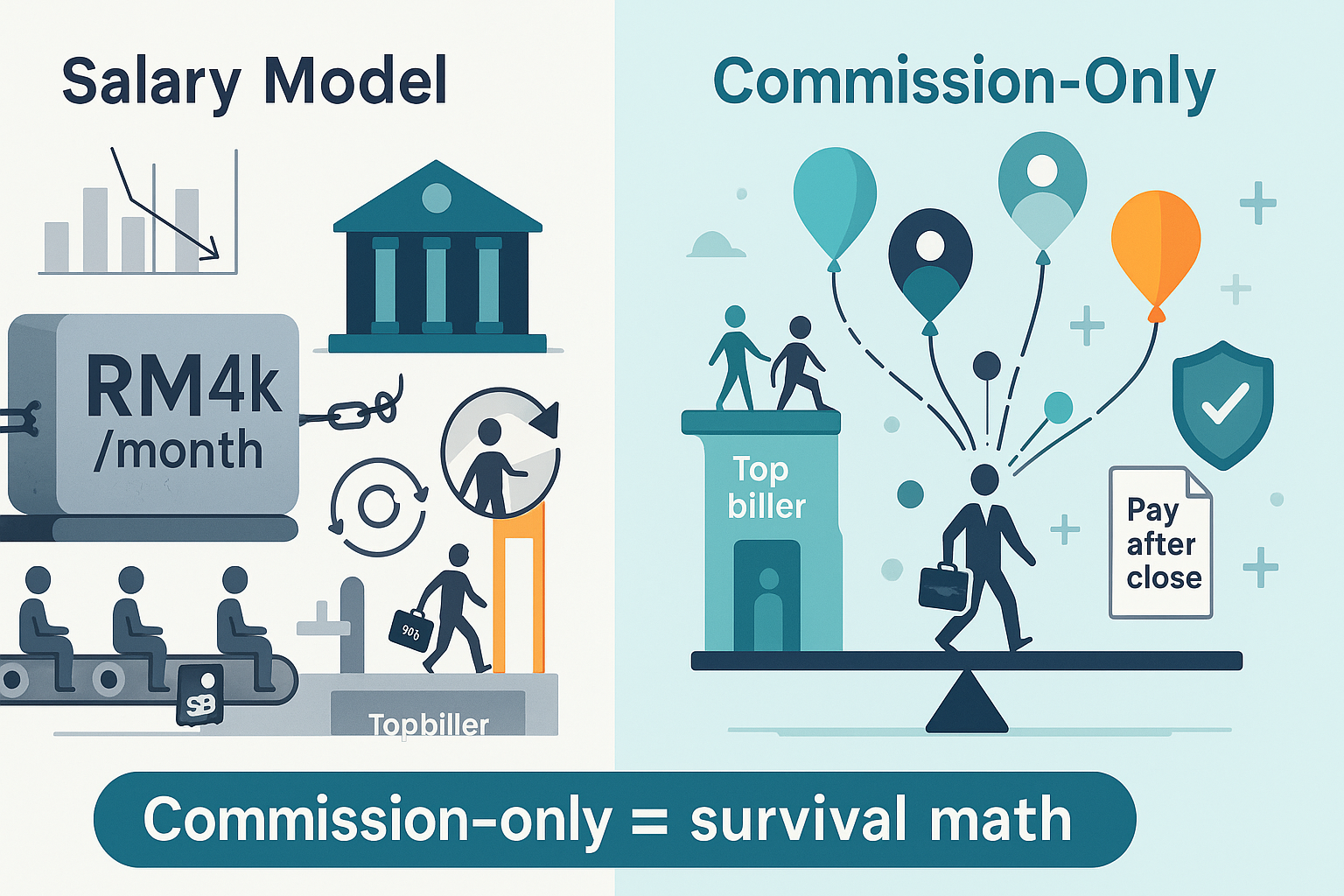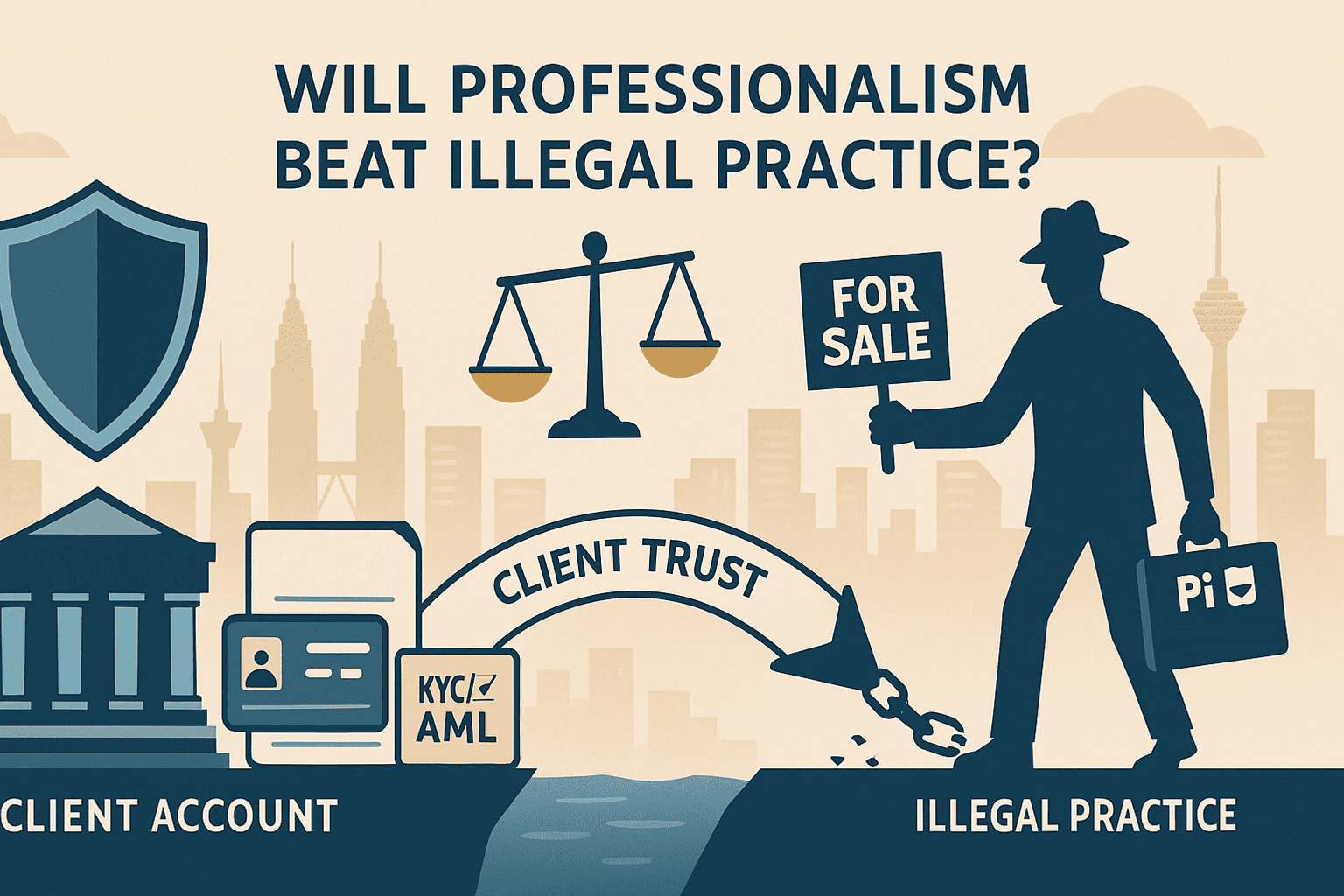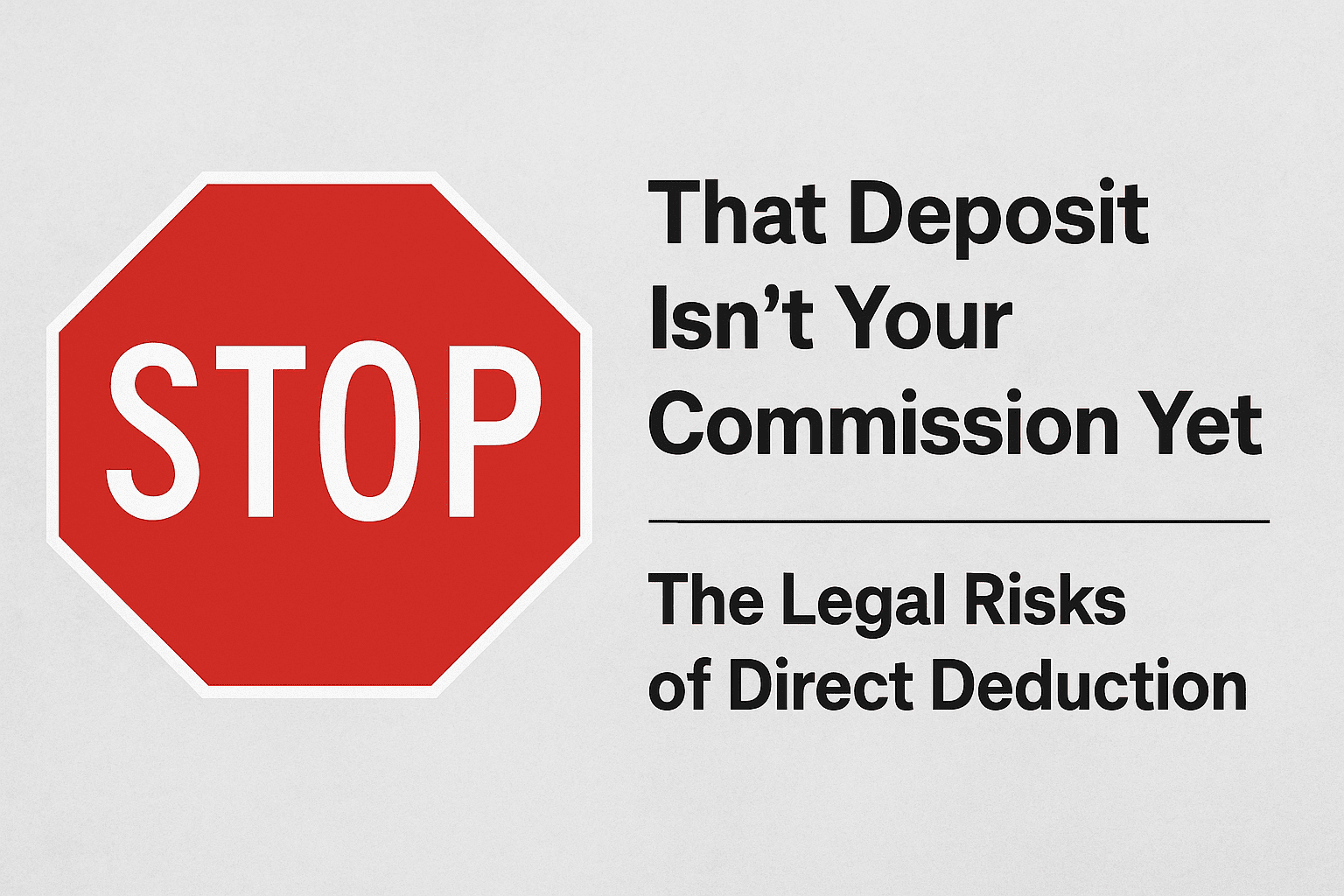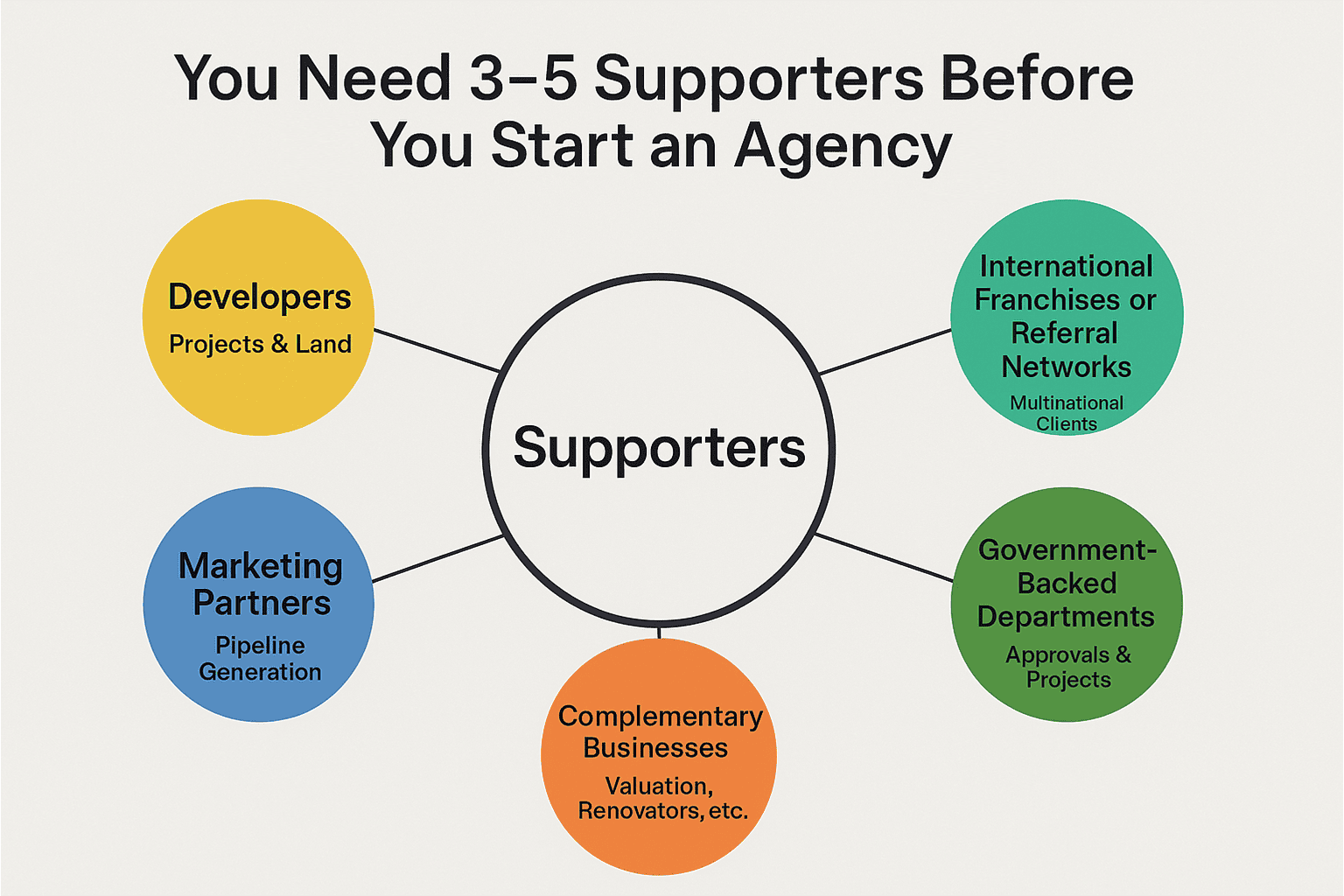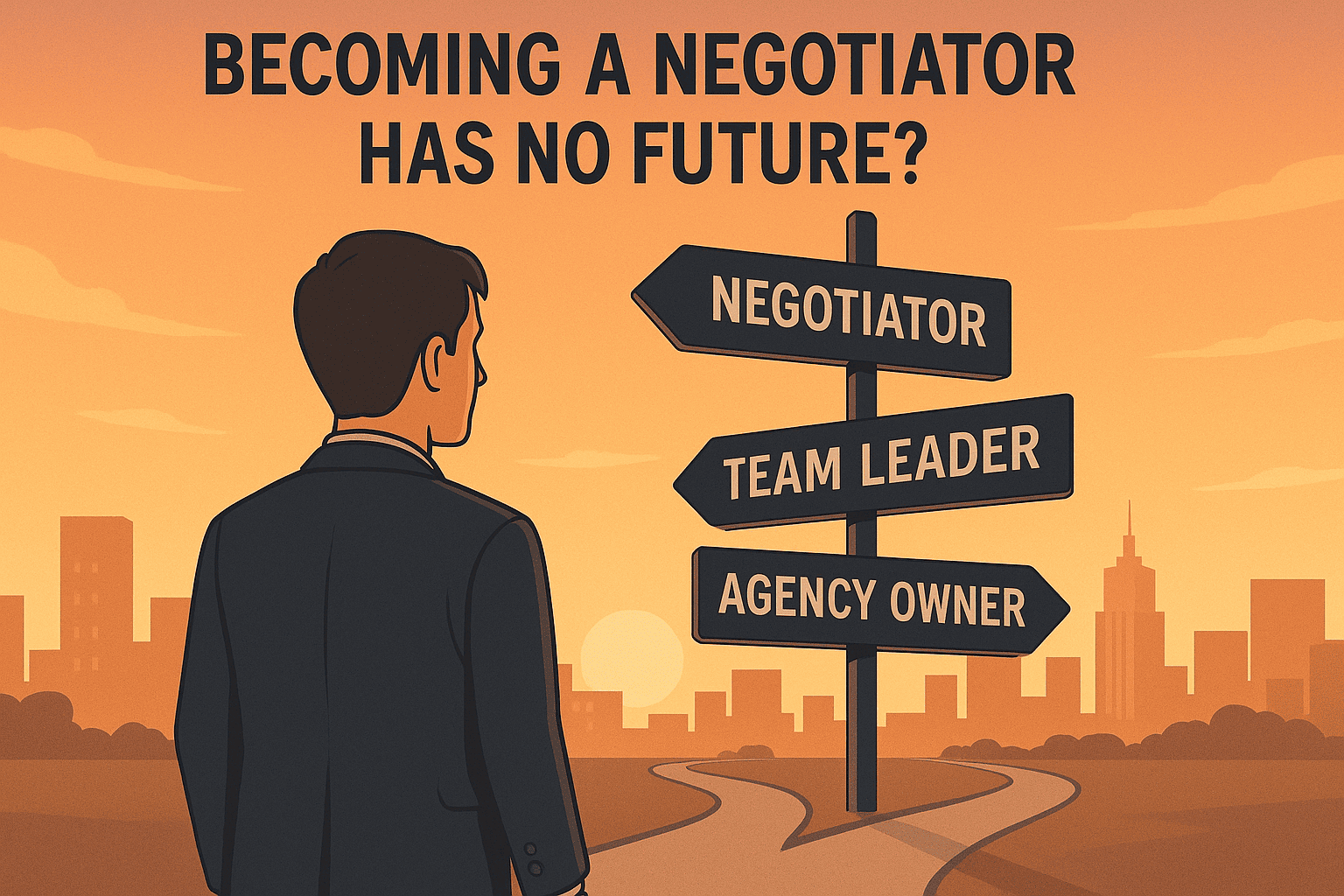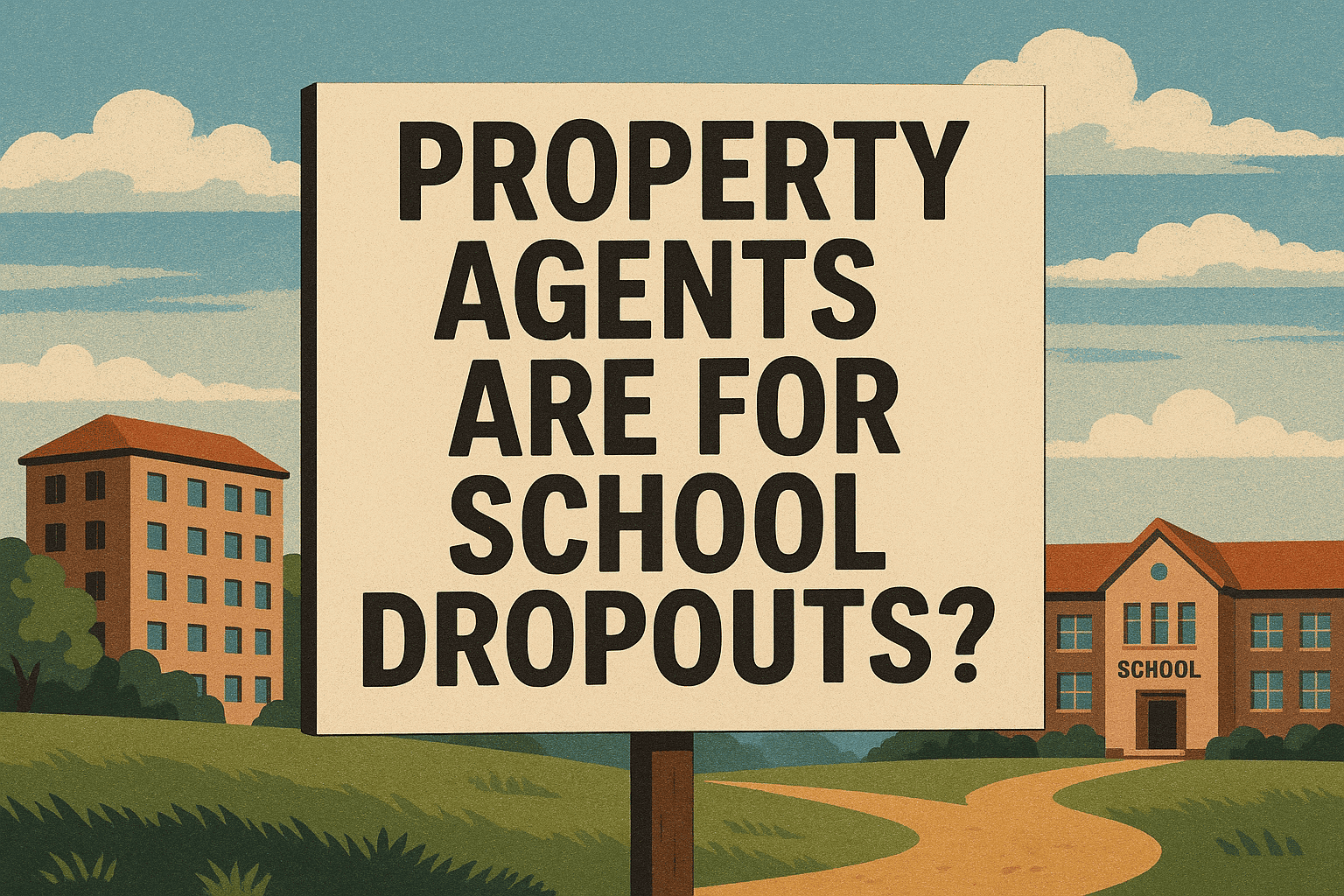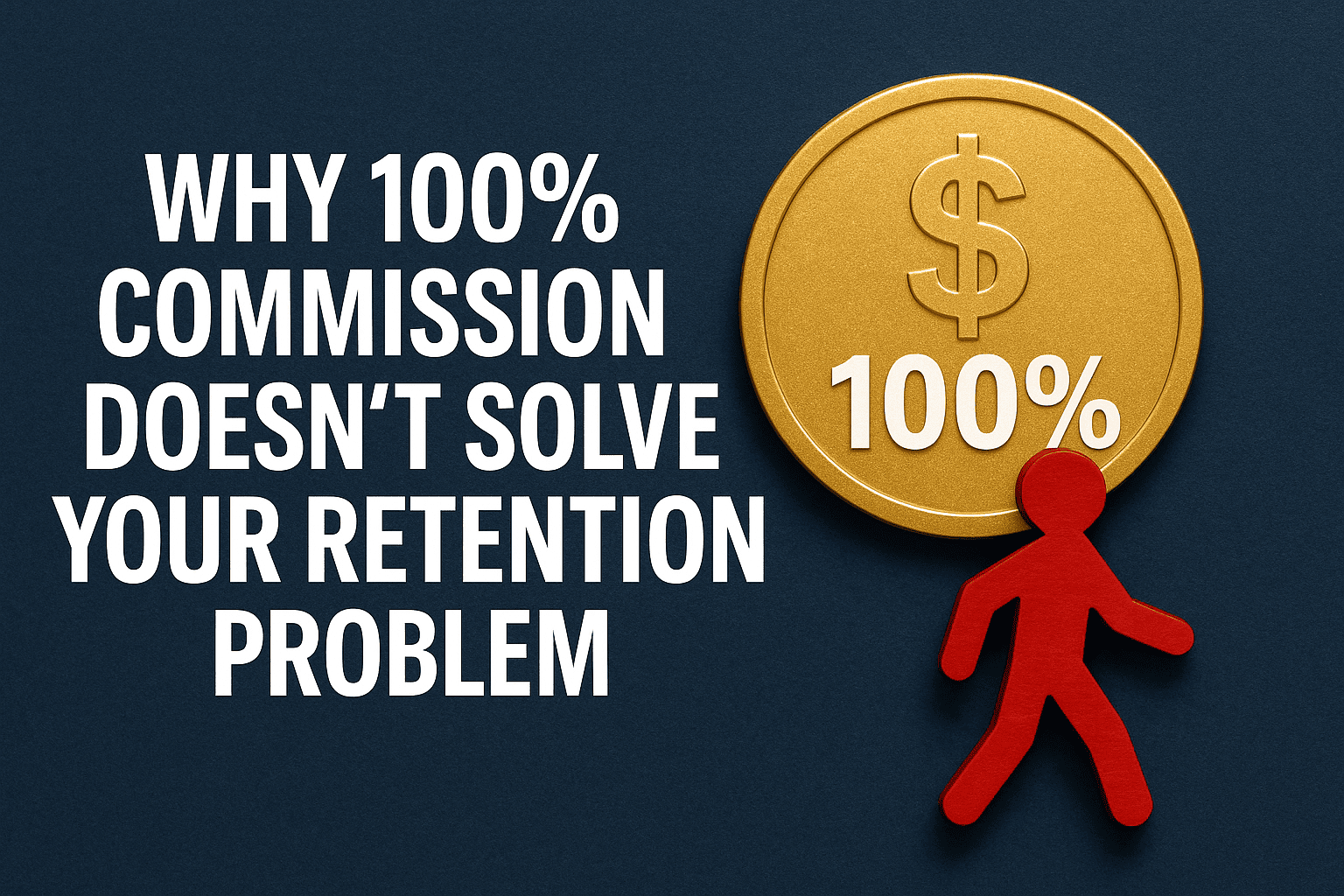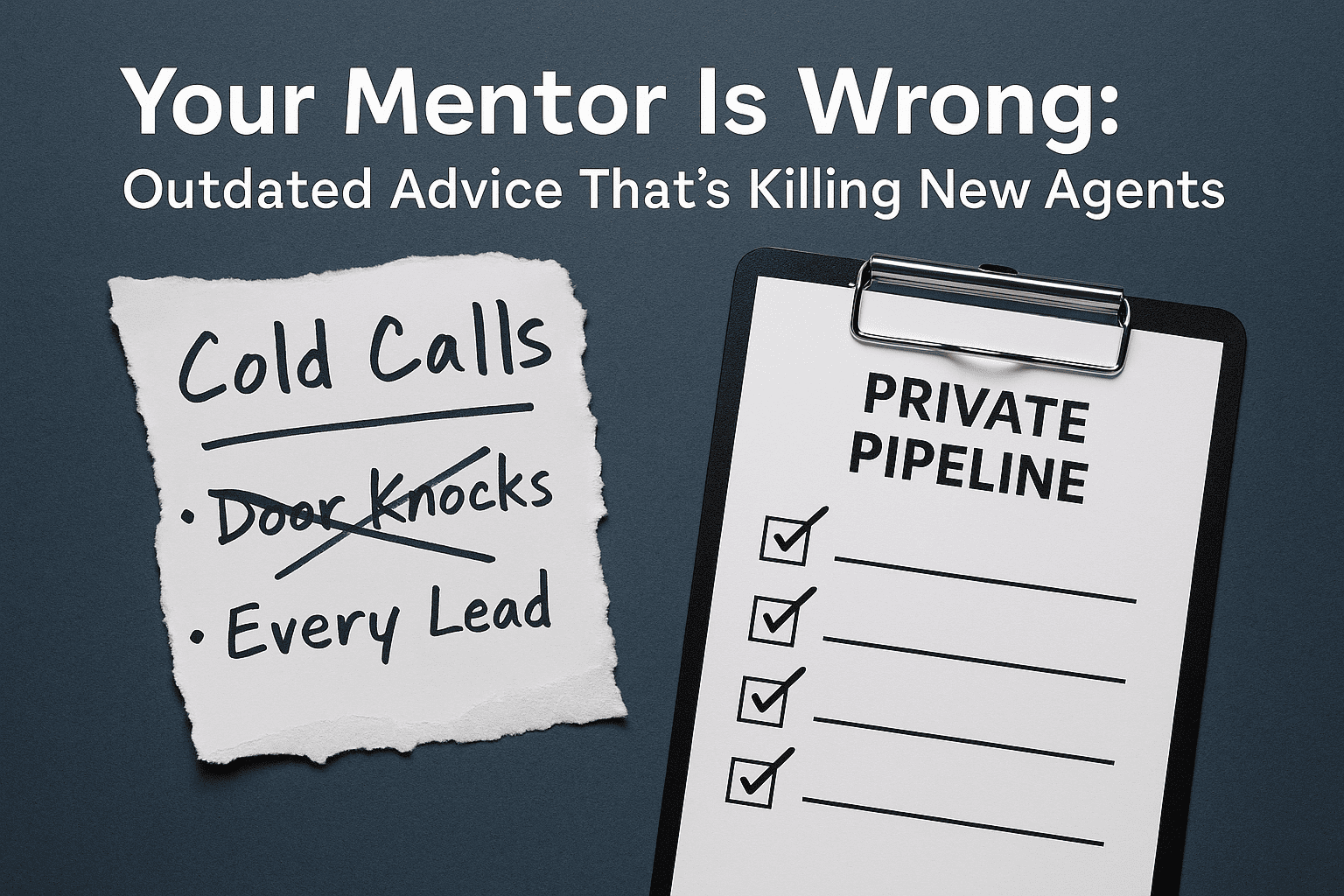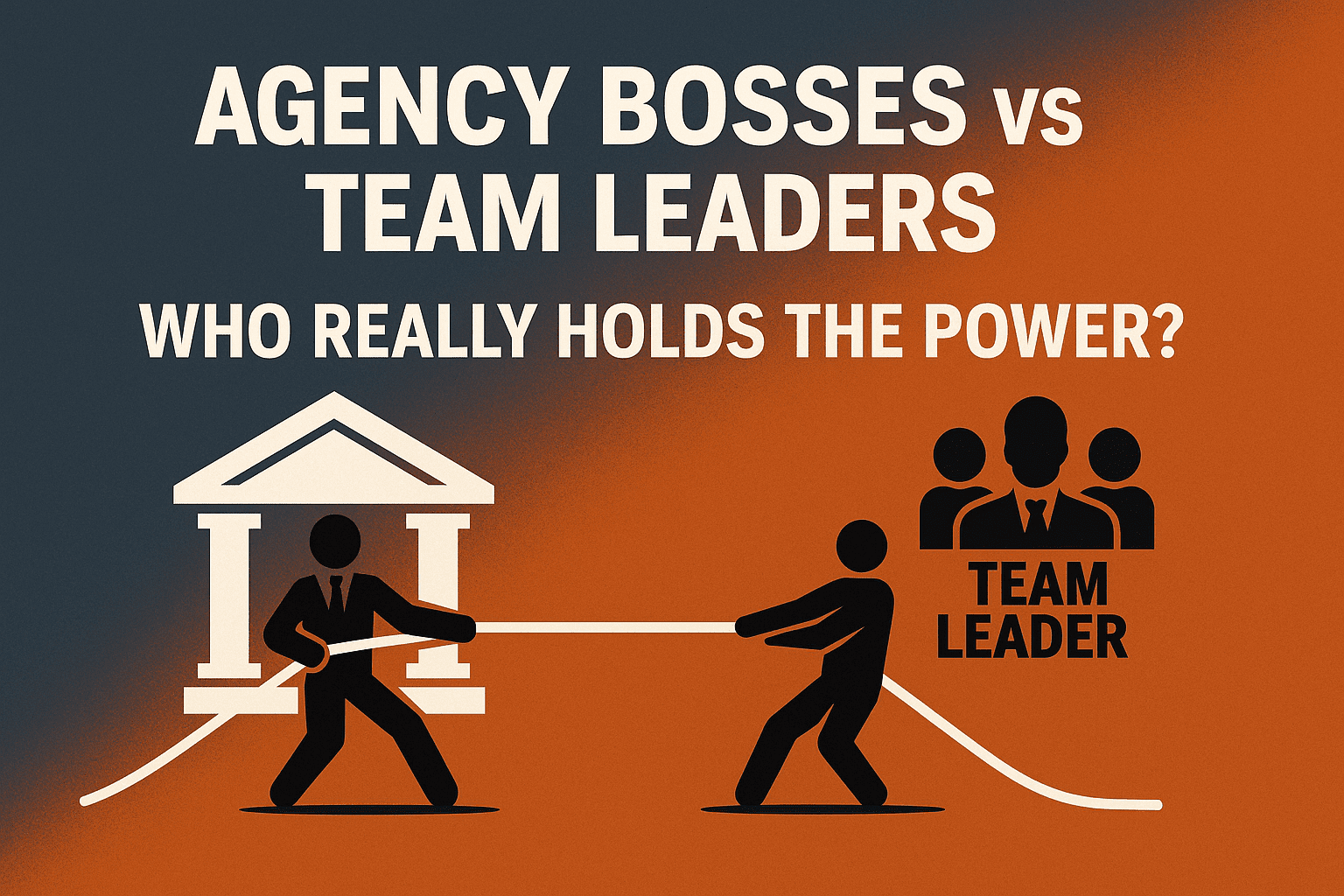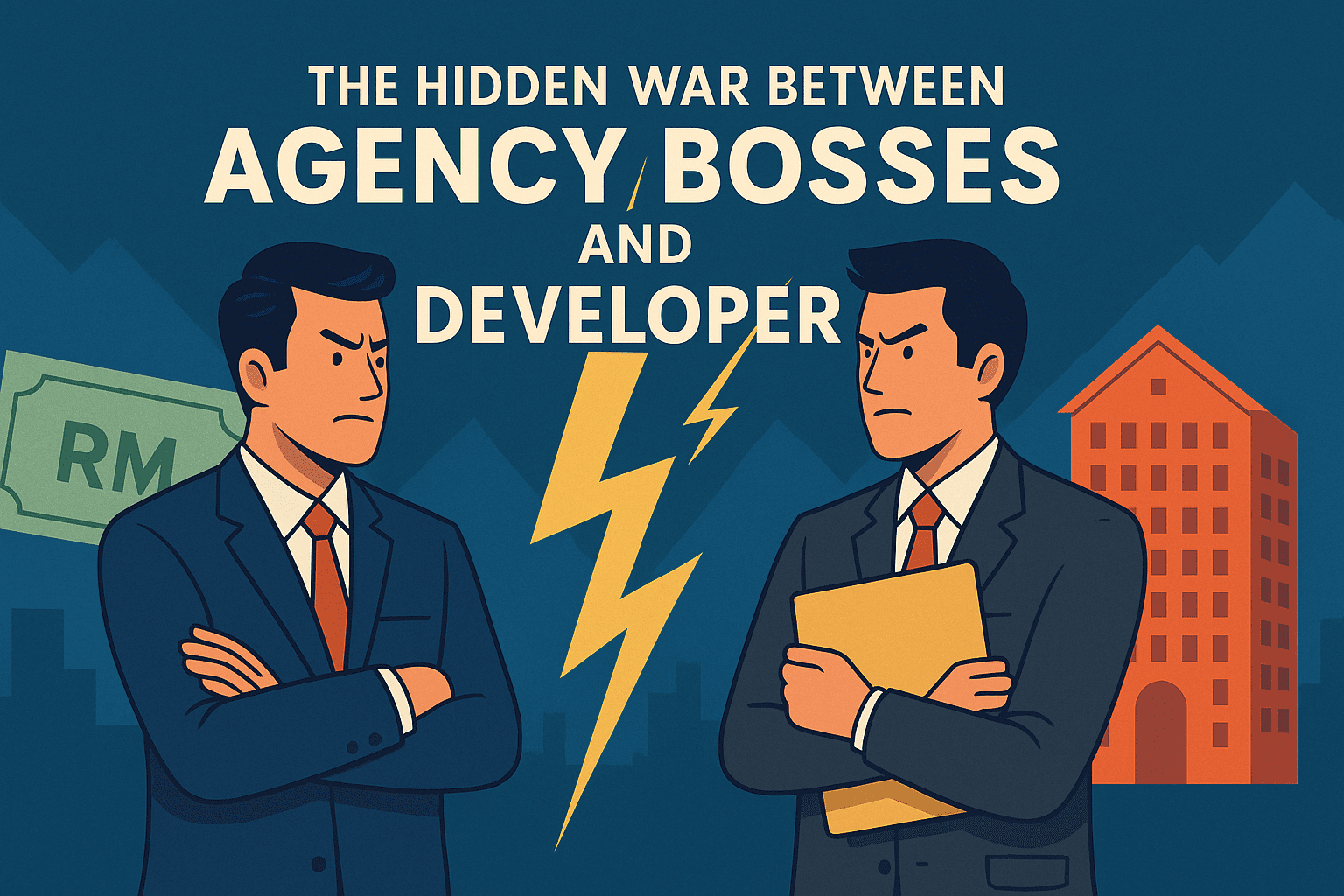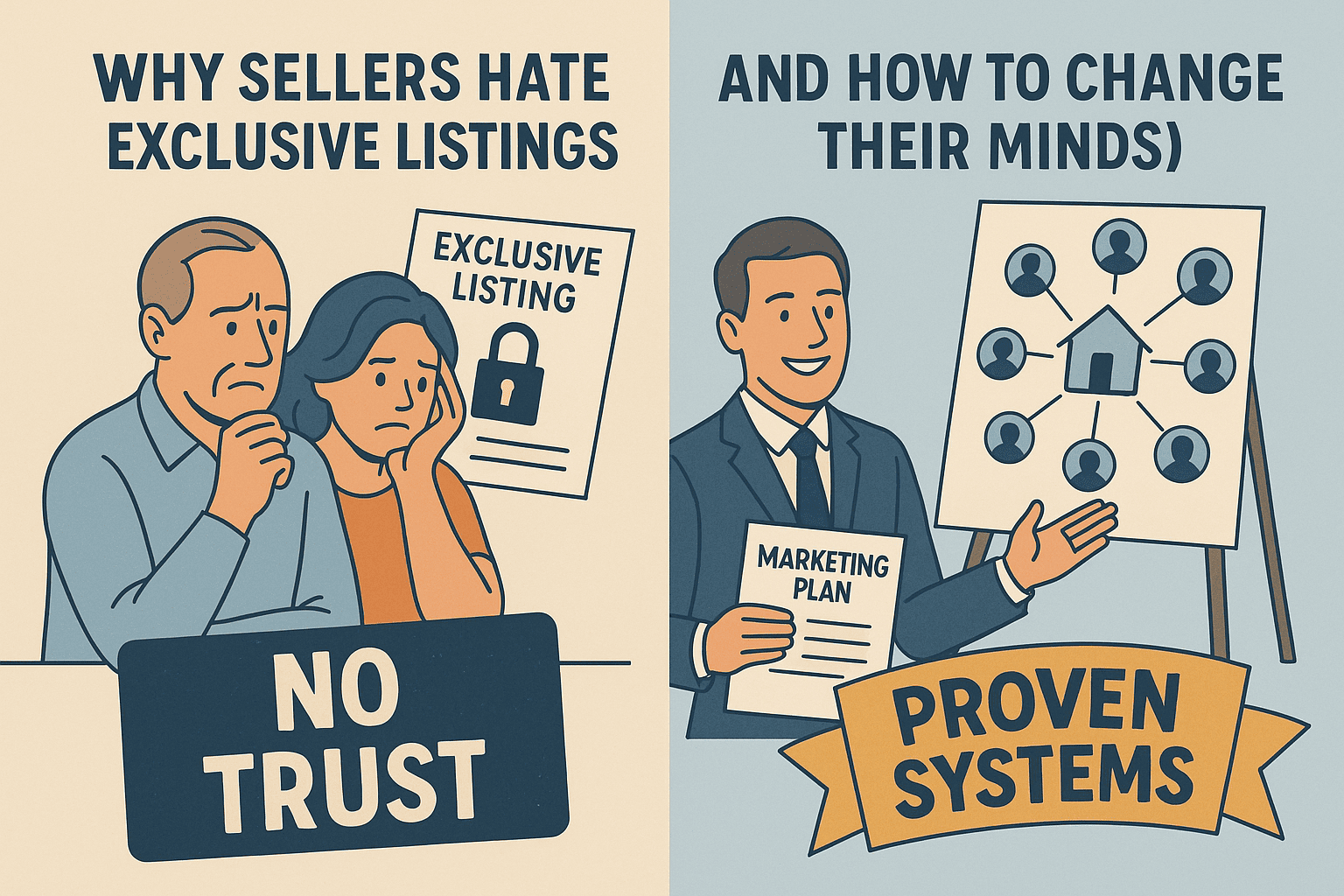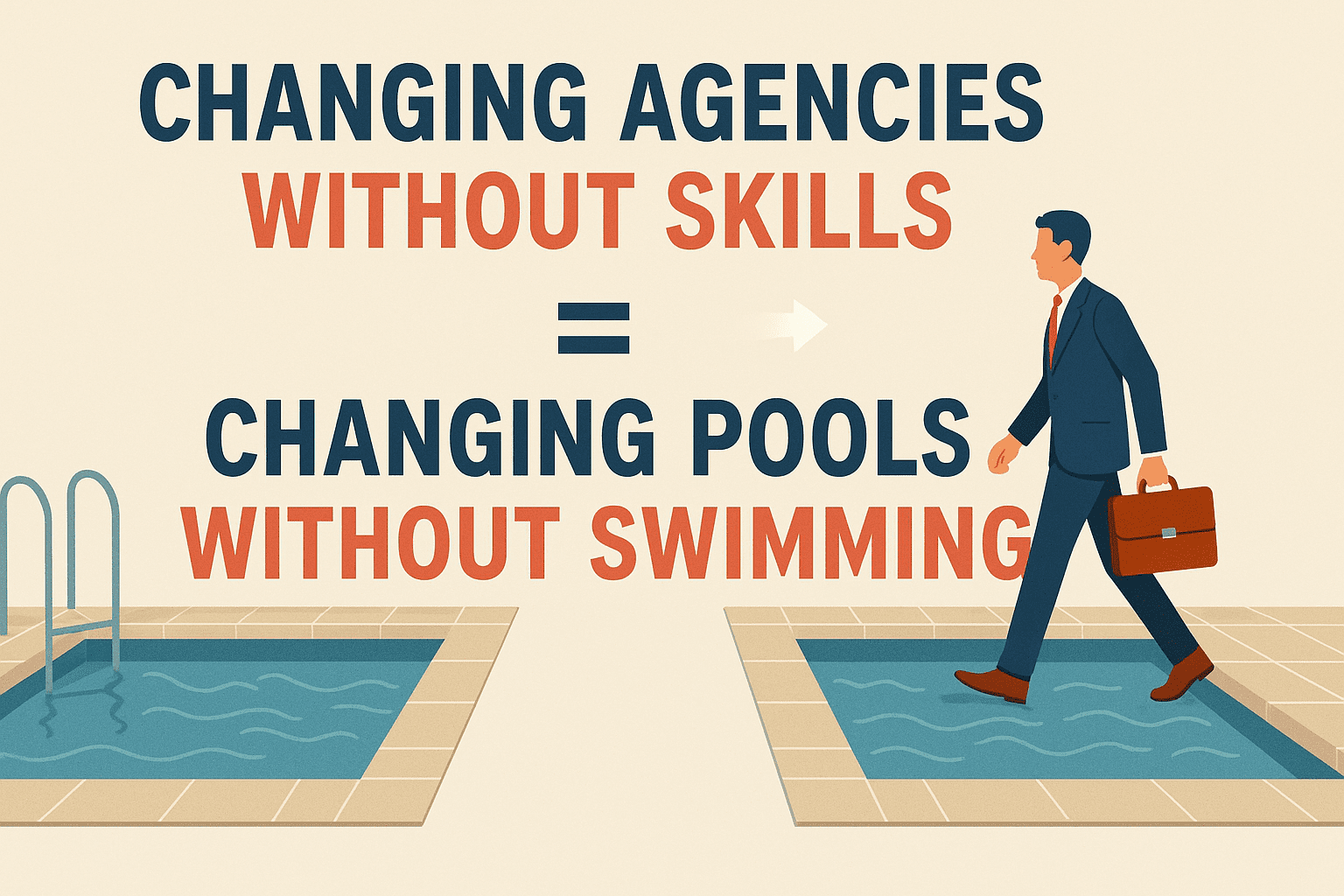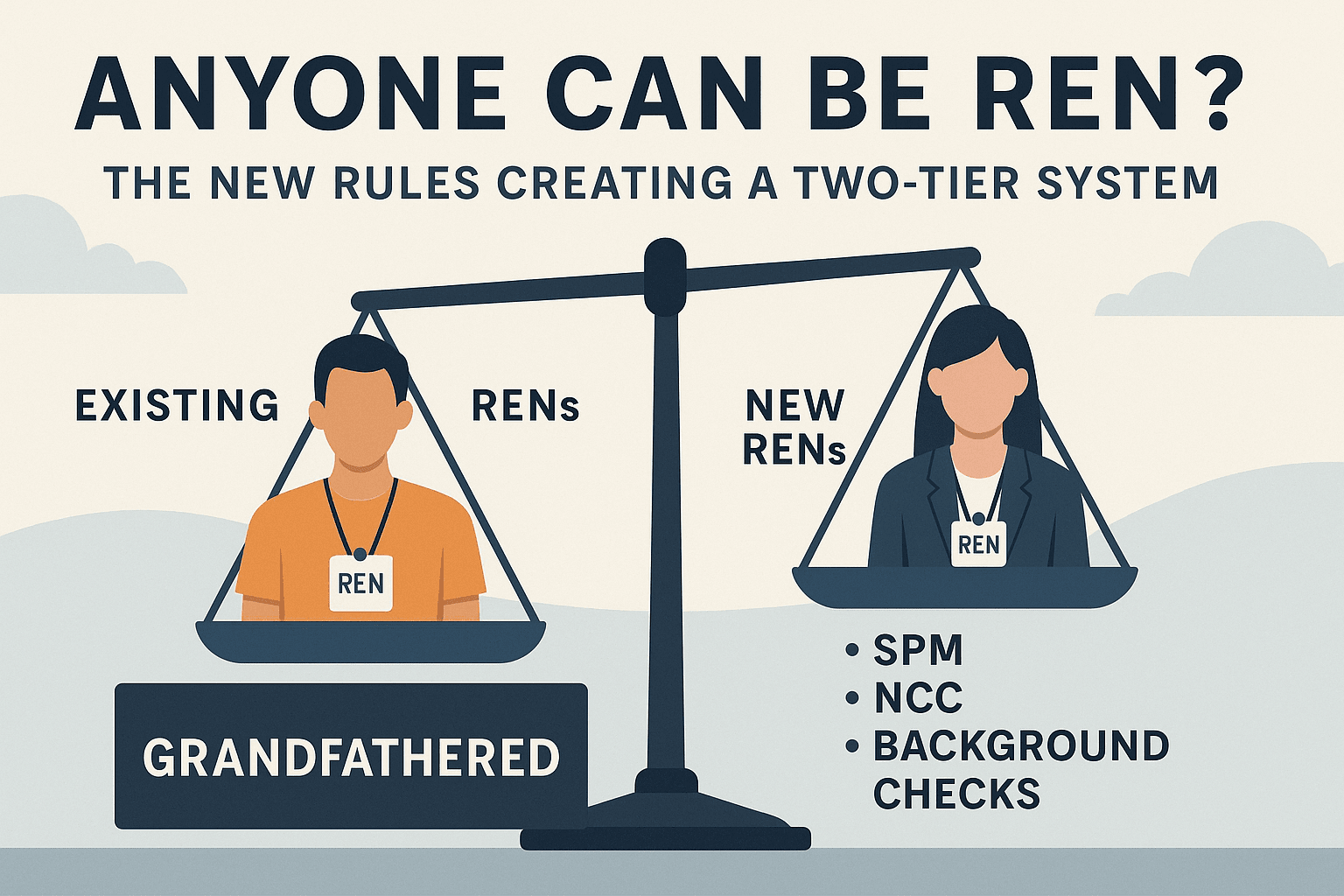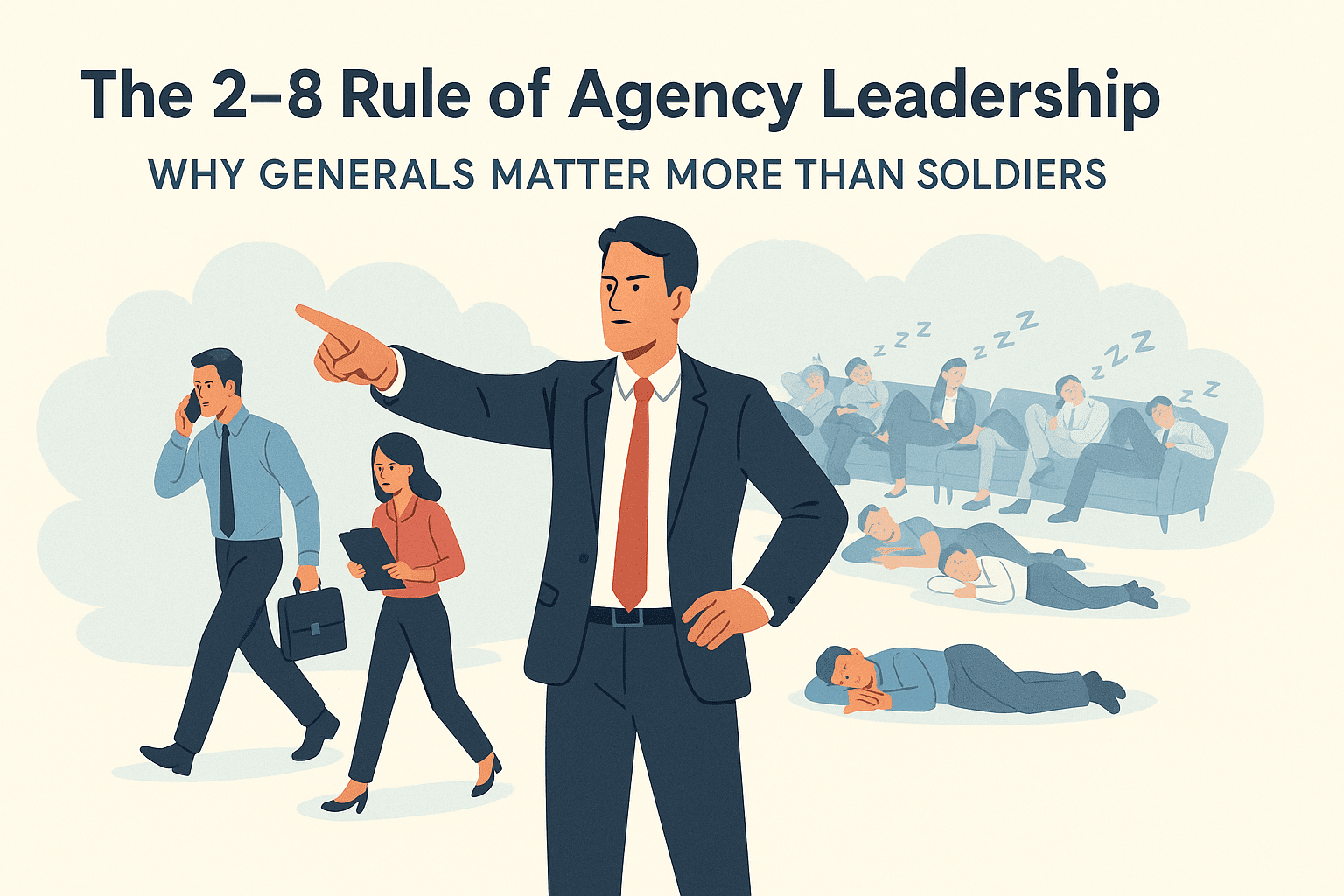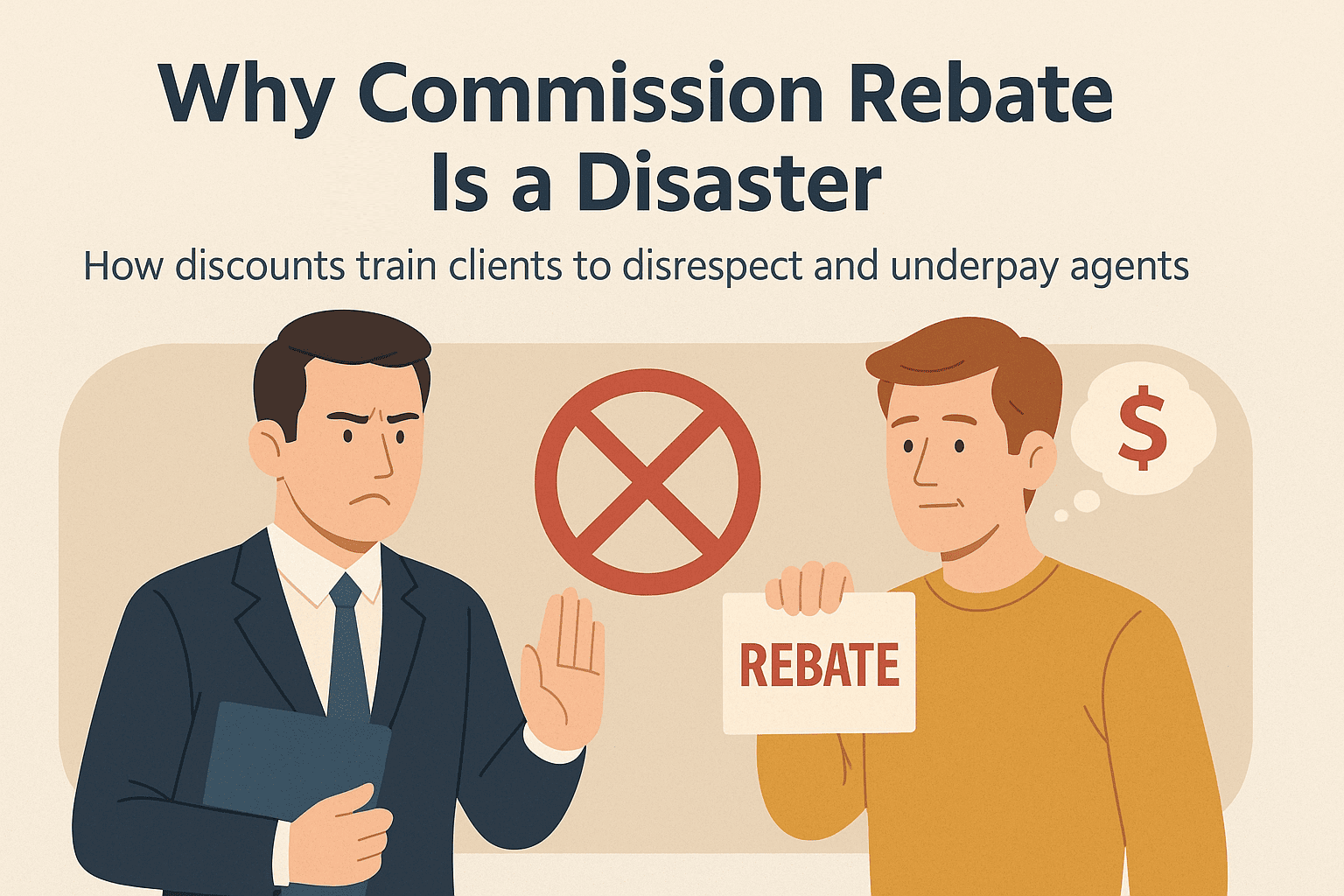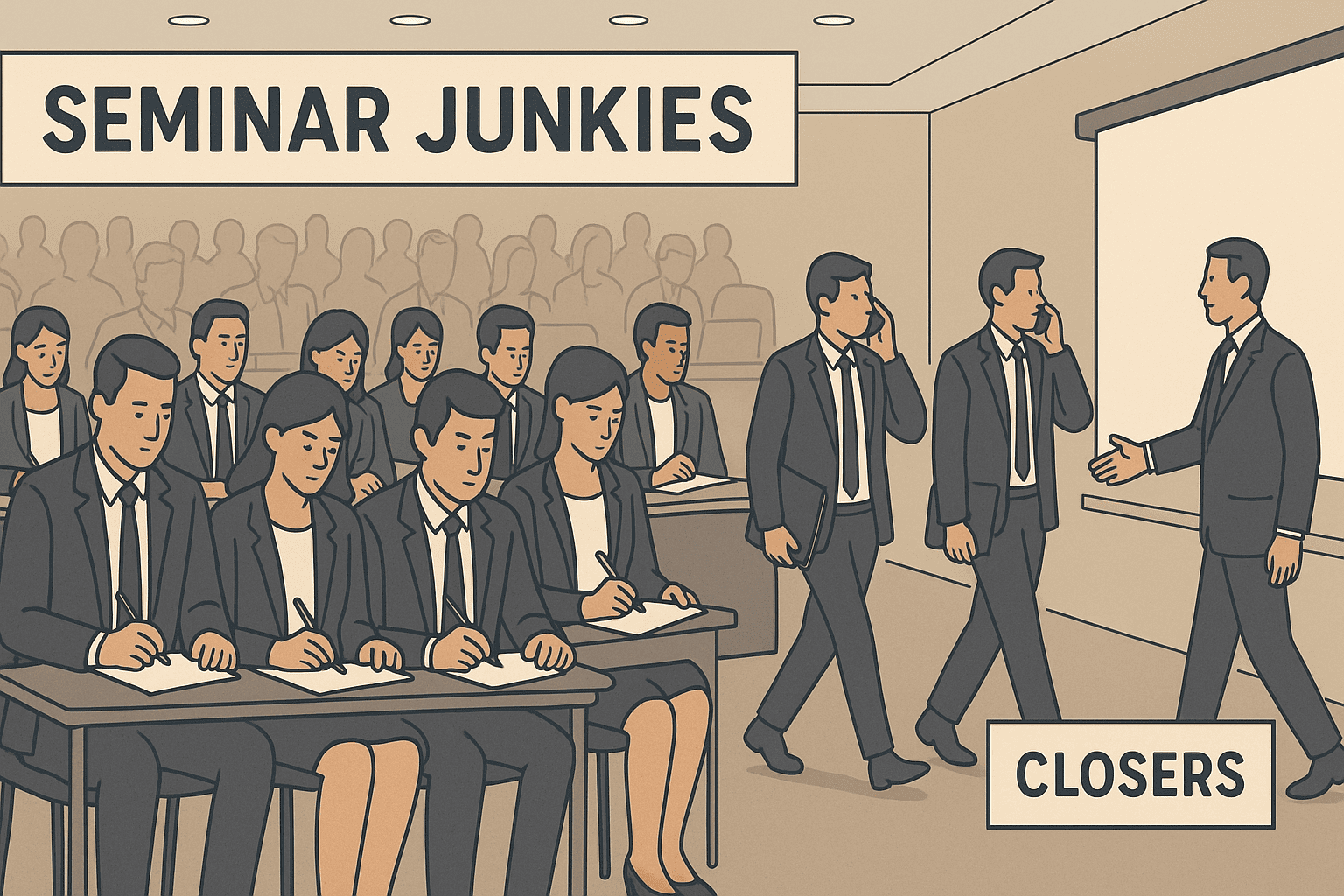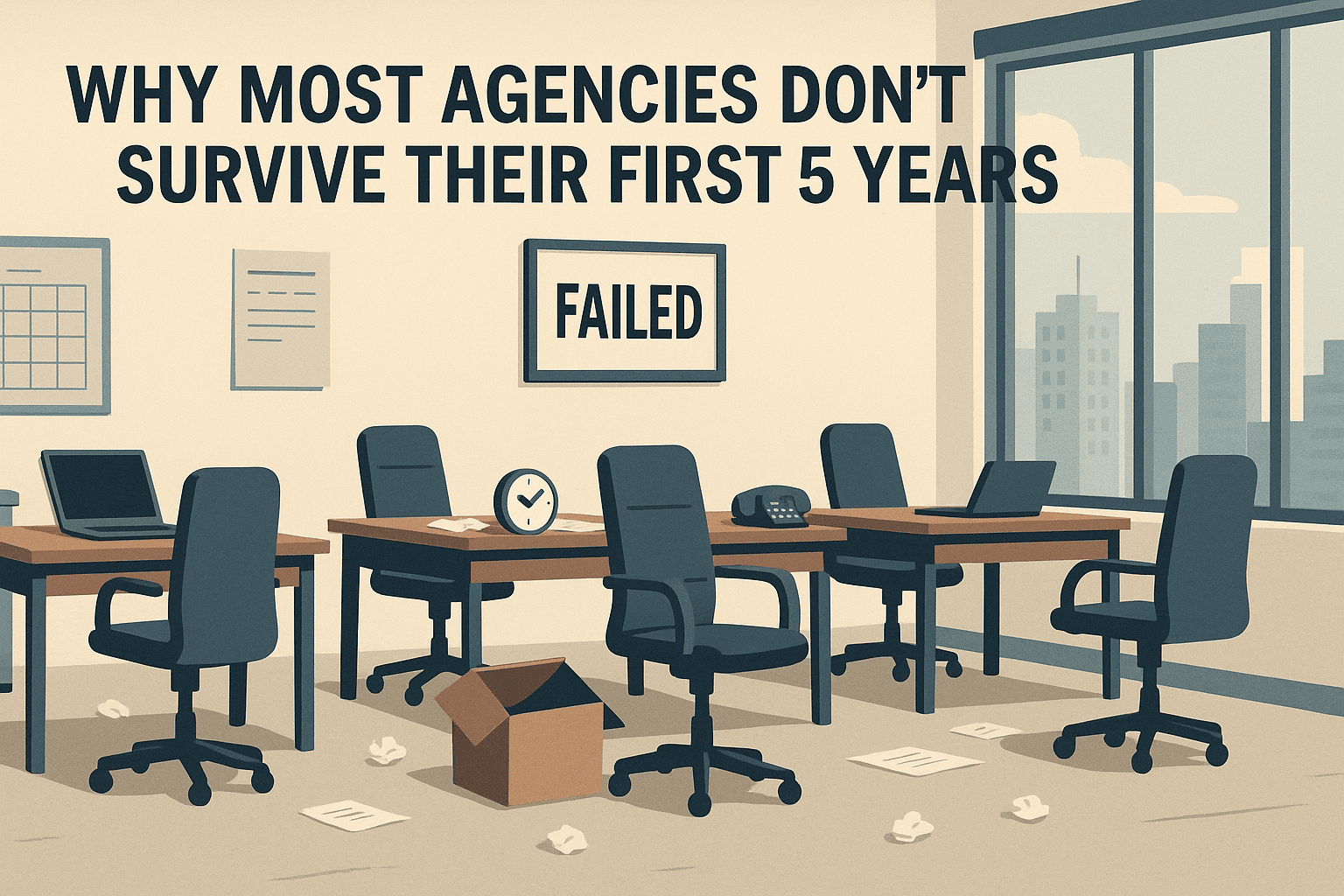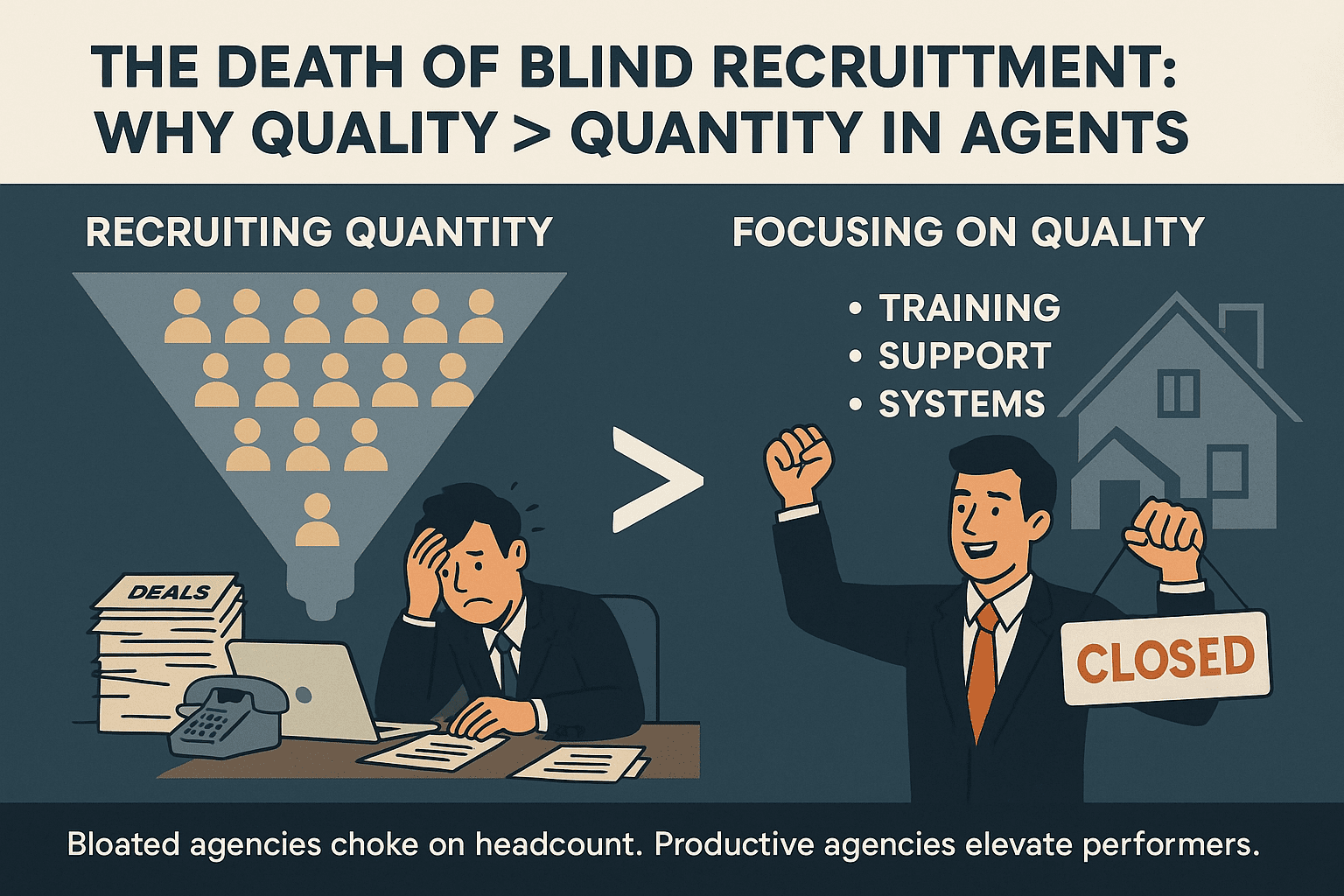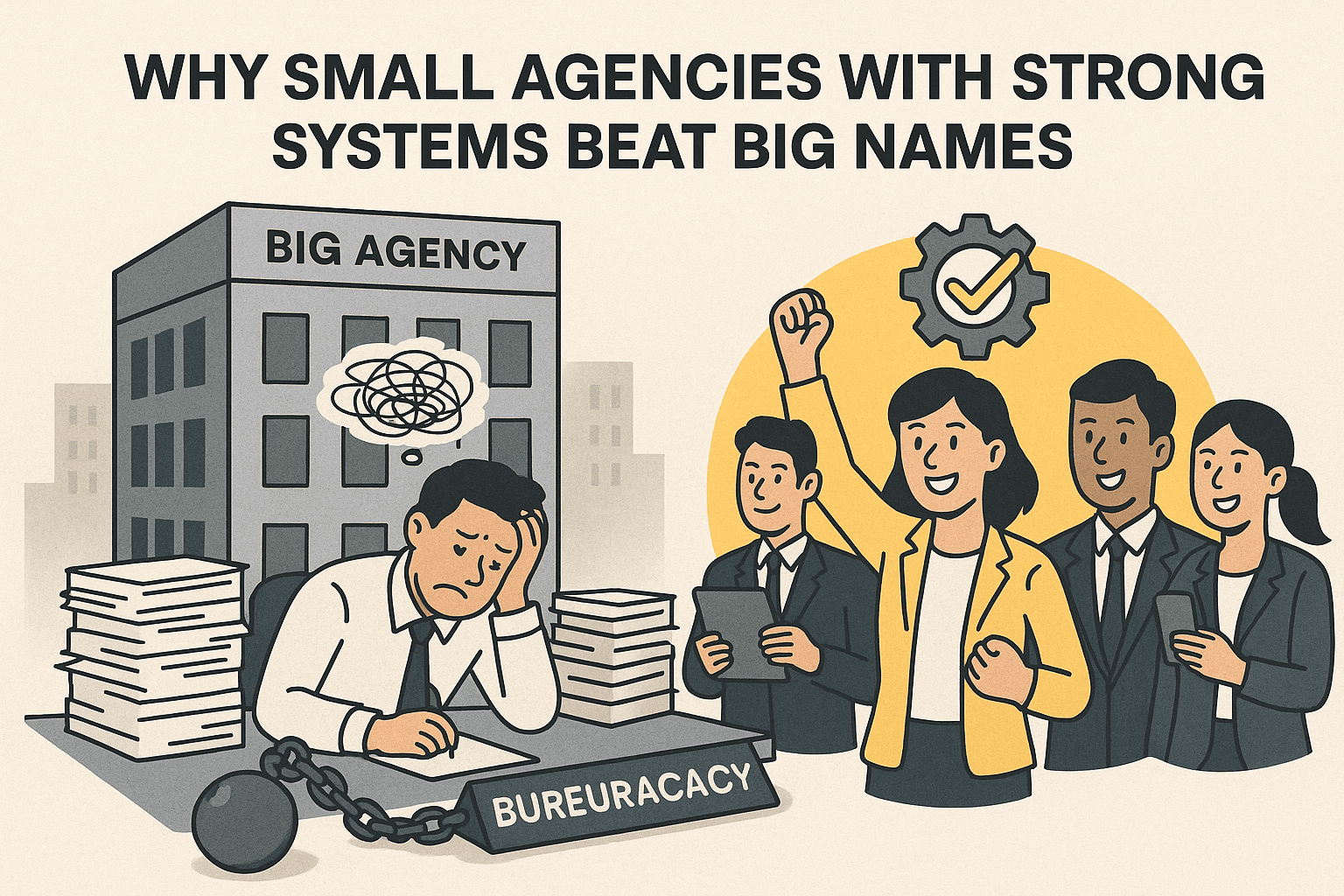When a Team Leader Should Remove a Team Member

Why Keeping the Wrong People Hurts the Whole Team
Leadership isn’t just about inspiring and recruiting — it’s also about protecting your team’s standard. Many team leaders struggle with this truth: sometimes, the hardest part of leadership isn’t building the team; it’s deciding who doesn’t belong anymore.
Letting someone go feels uncomfortable. You worry about being seen as harsh or unfair. But ignoring the problem costs much more — time, morale, and reputation.
Knowing when to remove a team member is one of the most important skills a leader can develop.
1. No Time — They’re Never Around
Every team needs consistency. If a member is always “busy,” disappears for weeks, or treats the team like a part-time commitment, you don’t have a teammate — you have a tourist.
You can’t build momentum when half the team is absent. Effort and presence matter more than talent.
- Set attendance and performance expectations clearly.
- Measure participation in meetings and shared systems.
- Give them a chance to re-engage — but set a deadline.
If they still treat the team as optional, it’s time to move on.
2. No Value — Always Taking, Never Contributing
Some people join teams not to add value, but to extract it — taking leads, contacts, or exposure without giving anything back.
A healthy team works like an exchange, not a donation center. Everyone must bring something to the table — listings, buyers, effort, or ideas.
When a member only asks “What’s in it for me?” and never “What can I do for the team?”, the balance breaks. Their presence starts costing the team more than it gives.
If reminders and realignment don’t change their mindset, you’re not removing a person — you’re removing a drain.
3. No Skills — Unwilling to Learn or Improve
Skills can always be learned. But attitude toward learning cannot.
Every new agent starts with gaps — that’s normal. But when someone refuses training, ignores feedback, or keeps making the same mistakes without effort to improve, the issue is no longer ability — it’s ego.
As a team leader, your role isn’t to babysit; it’s to build professionals. If someone resists growth, they’ll slow everyone else down.
Keep your door open for learners, not for passengers.
4. Bad Ethics — The Fastest Way to Destroy Trust
In real estate, ethics isn’t just a principle — it’s currency. One unethical act can ruin years of credibility.
Common red flags include:
- Lying about listings or co-broking arrangements.
- Cutting corners with clients.
- Disrespecting confidentiality or taking team data for personal use.
- Misrepresenting the agency’s name or leadership.
Once integrity is broken, trust doesn’t recover easily. When you allow bad ethics to stay, the message to your team is: “We tolerate it.”
And from that point on, your culture begins to decay.
5. Bad Culture Fit — Great Talent, Wrong Energy
Sometimes, the problem isn’t skill or effort — it’s energy.
A talented agent who constantly complains, criticizes, or undermines team decisions can quietly poison morale. Culture isn’t about being friendly — it’s about being aligned.
Ask yourself:
- Do they share the same vision and values as the team?
- Do they motivate or demotivate others?
- Are they a net contributor to team spirit?
A toxic high performer is more dangerous than an average team player. Remove them early, before their behavior spreads.
6. No Accountability — Always an Excuse
Some people can talk for hours but never take ownership. They blame the market, buyers, leaders, or luck — everyone but themselves.
Accountability is the foundation of professionalism. If a team member consistently misses targets and replaces effort with excuses, they’re teaching the rest of your team that failure is negotiable.
One unaccountable person can lower the standard for everyone.
7. Hidden Conflicts — When Trust Can’t Be Rebuilt
Even good people sometimes reach a point of no return. Repeated clashes, unspoken grudges, or deep resentment can quietly erode cooperation.
If multiple mediation attempts fail and the relationship becomes toxic, separation may be healthier than forcing coexistence. Letting someone go doesn’t mean failure — it means choosing peace over constant repair.
Final Thought
A strong team isn’t built by collecting everyone.
It’s built by curating the right ones.
The longer you hold onto the wrong people, the faster you lose the right ones.
A team leader’s responsibility is not to please everyone — it’s to protect the standard, preserve the culture, and maintain momentum.
When someone no longer aligns with the team’s purpose, values, or work ethic, don’t hesitate to act.
Removing one wrong person can often save ten good ones.

